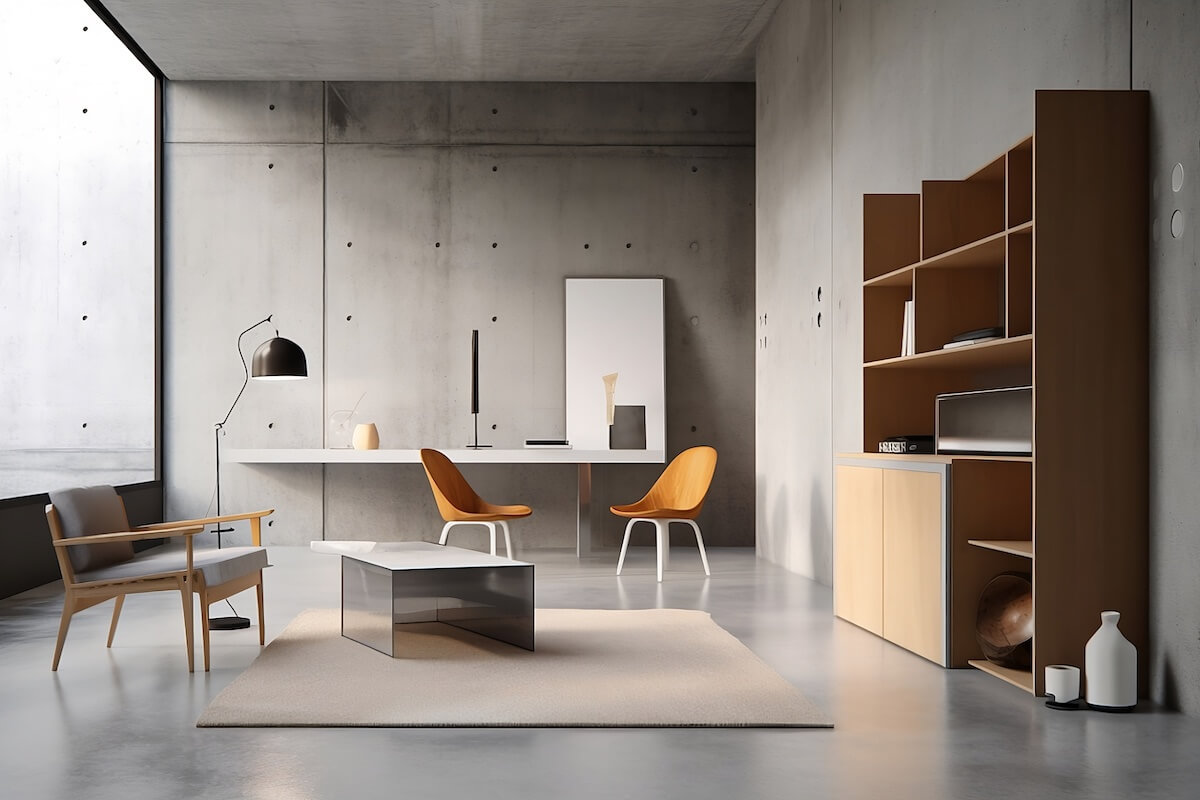Item removed from Wish List!
Item added to Wish List!
Explore the beauty of Bauhaus interior design and how to incorporate this striking yet practical design style into your home.

By clicking “Accept All Cookies”, you agree to the storing of cookies on your device to enhance site navigation, analyze site usage, and assist in our marketing efforts. More Information